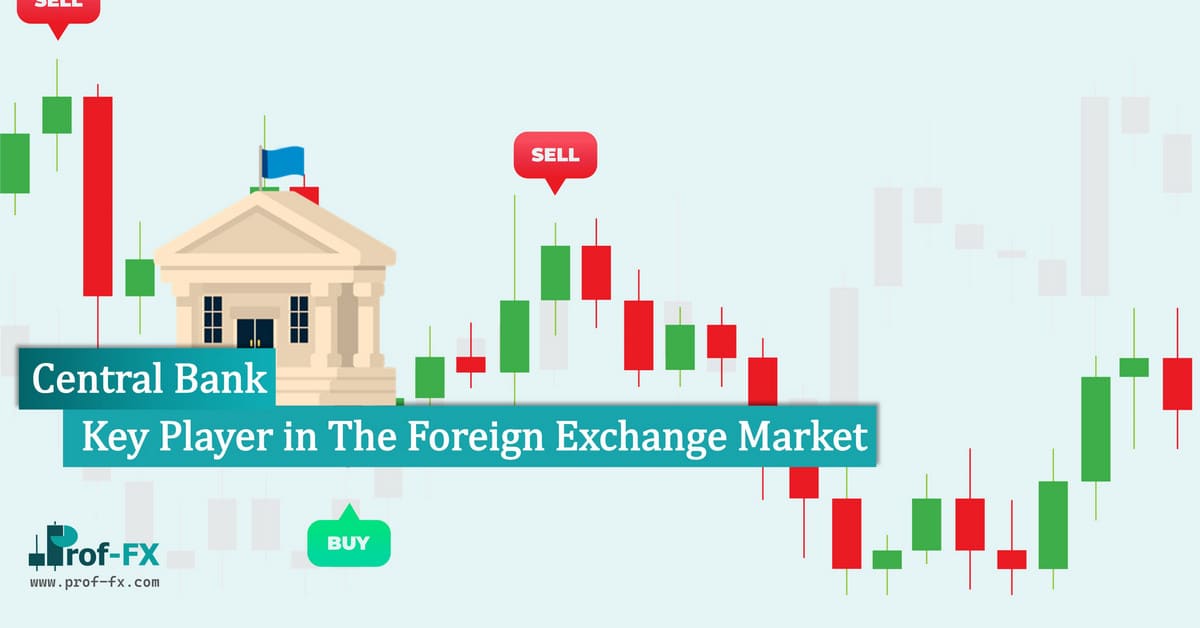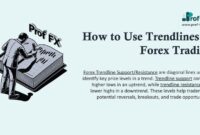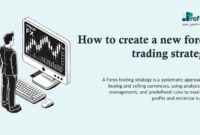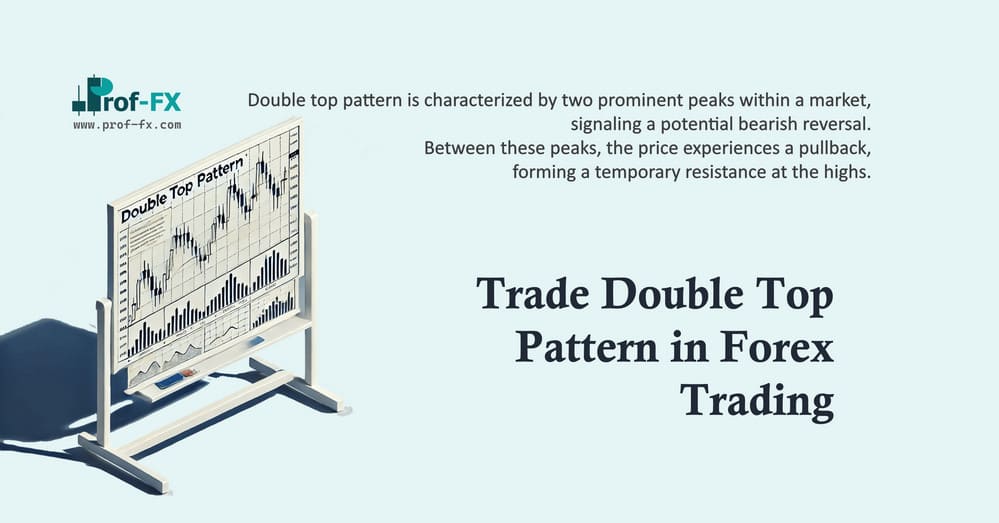Central banks are manipulators. Now, don’t get us wrong. Central banks are not malicious manipulators. They are not out in the market trying to hurt other traders or to make a lot of money for themselves. They are trying to carry out the mandates they have been given by their governments, and sometimes intervening in the Forex market is the best way—in the eyes of the central bank—to carry out those mandates.
Central banks will typically intervene in the Forex market for one of three reasons:
- To offset the effects of trade imbalances
- To provide liquidity and reduce volatility in the value of the currency during times of financial crisis
- To drive the value of the currency higher or lower
Offsetting the Effects of Trade Imbalances
Central banks that are charged with the responsibility of maintaining a currency peg—whether it is a specific exchange rate or a floating price band—have to constantly combat the effects of trade hi ha lances. Trade surpluses typically put upward pressure on the value of a currency, and trade deficits typically put downward pressure on the value of a currency.
To offset trade-surplus pressure that pushes the value of the domestic currency higher, the central bank can inject more of the domestic currency into the market by buying the foreign currency. You’ll often hear this referred to as the central bank’s “printing money.” This action will increase the supply of the domestic currency, bringing the value of the domestic currency back down to where the bank wants it. It also builds the foreign exchange reserves of the central bank.
To offset trade-deficit pressure that pushes the value of the domestic currency lower, the central bank can use its foreign exchange reserves to buy the domestic currency. This action will decrease the supply of the domestic currency, bringing the value of the domestic currency back up to where the bank wants it. It also depletes the foreign exchange reserves of the central bank.
It’s important to note that these actions taken by the central bank are not without consequences. Injecting too much of the domestic currency into the market to bring the price of the currency down increases the money supply and can lead to inflation. Conversely, taking too much of the domestic currency out of the market to bring the price of the currency back up decreases the money supply and can lead to deflation. Knowing this, the central bank has to decide whether it wants to sterilize the intervention or not.
Unsterilized Currency Intervention
Unsterilized currency intervention is a fancy way of describing what we just outlined—a central bank either injecting more of the domestic currency into the market or pulling more of the domestic currency out of the market, and that’s it. With an unsterilized currency intervention, the central bank does not take any further steps to try to combat some of the consequences of the intervention.
Sterilized Currency Intervention
Sterilized currency intervention, on the other hand, does require the central bank to take further steps after it intervenes. Let’s look at the two intervention scenarios individually to better understand what a central bank can do to try to sterilize its actions as far as inflation and deflation are concerned.
When a central bank injects more of the domestic currency into the international Forex market to reduce the value of that currency, it risks sparking inflation because the money supply has increased. That’s the problem: there is too much of the domestic currency floating around in the market. So if the central bank wants to sterilize its actions, it needs to find a way to reduce the money supply.
Here’s the rub. If the central bank were to try to reduce the money supply by using its foreign currency reserves to buy back the domestic currency, it would shrink the money supply, but it would also push the value of the currency right back up, negating its previous actions. So what is a central bank to do if it wants to decrease the value of the currency but not increase the money supply?
To sterilize an injection of the domestic currency into the Forex market, a central bank can use a reverse repo agreement. In a reverse repo, the central bank lends Treasuries or other assets to the primary dealers in exchange for debiting the dealers’ reserve accounts with the central bank. At the end of the term of the reverse repo, the central bank takes the Treasuries or other assets back from the primary dealers and credits the dealers’ reserve accounts.
By injecting money into the international Forex market and then using a reverse repo in the domestic market to soak that money right back up, the central bank is able to push the value of the currency lower without increasing the money supply.
Now let’s take a look at the other side of the sterilized intervention coin. When a central bank uses its foreign currency reserves to buy the domestic currency in the international Forex market to increase the value of that currency, it risks sparking deflation because the money supply has decreased. That’s the problem: there is too little of the domestic currency floating around in the market.
So it the central bank wants to sterilize its actions, it needs to find a way to ink cease the money supply.
Once again, the central bank faces a dilemma. If it were to try to increase the money supply by injecting more of the domestic currency back into the market to buy foreign currencies, it would increase the money supply, but it would also push the value of the currency right back down, negating its previous actions. So what is a central bank to do if it wants to increase the value of the currency but not decrease the money supply?
To sterilize a withdrawal of the domestic currency from the Forex market, a central bank can use a repo agreement. In a repo, the central bank borrows Treasuries or other assets from the primary dealers in exchange for crediting the dealers’ reserve accounts with the central bank. At the end of the term of the repo, the central bank gives the Treasuries or other assets back to the primary dealers and debits the dealers’ reserve accounts with the central bank.
By pulling money out of the international Forex market and then using a repo in the domestic market, the central bank is able to push the value of the currency higher without decreasing the money supply.














